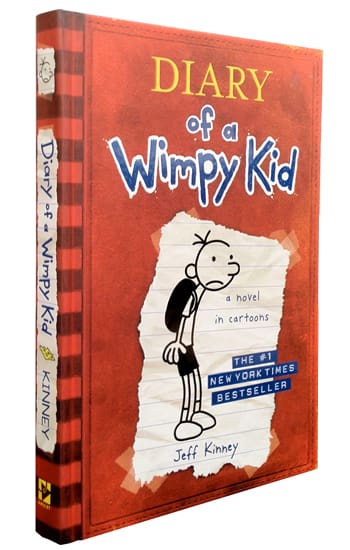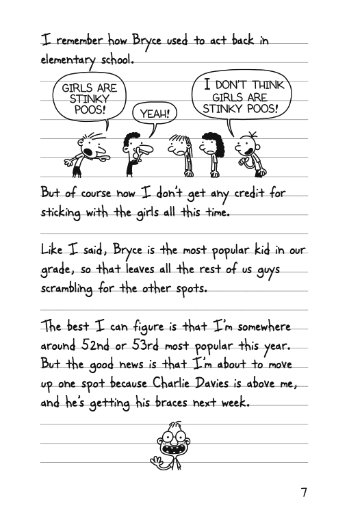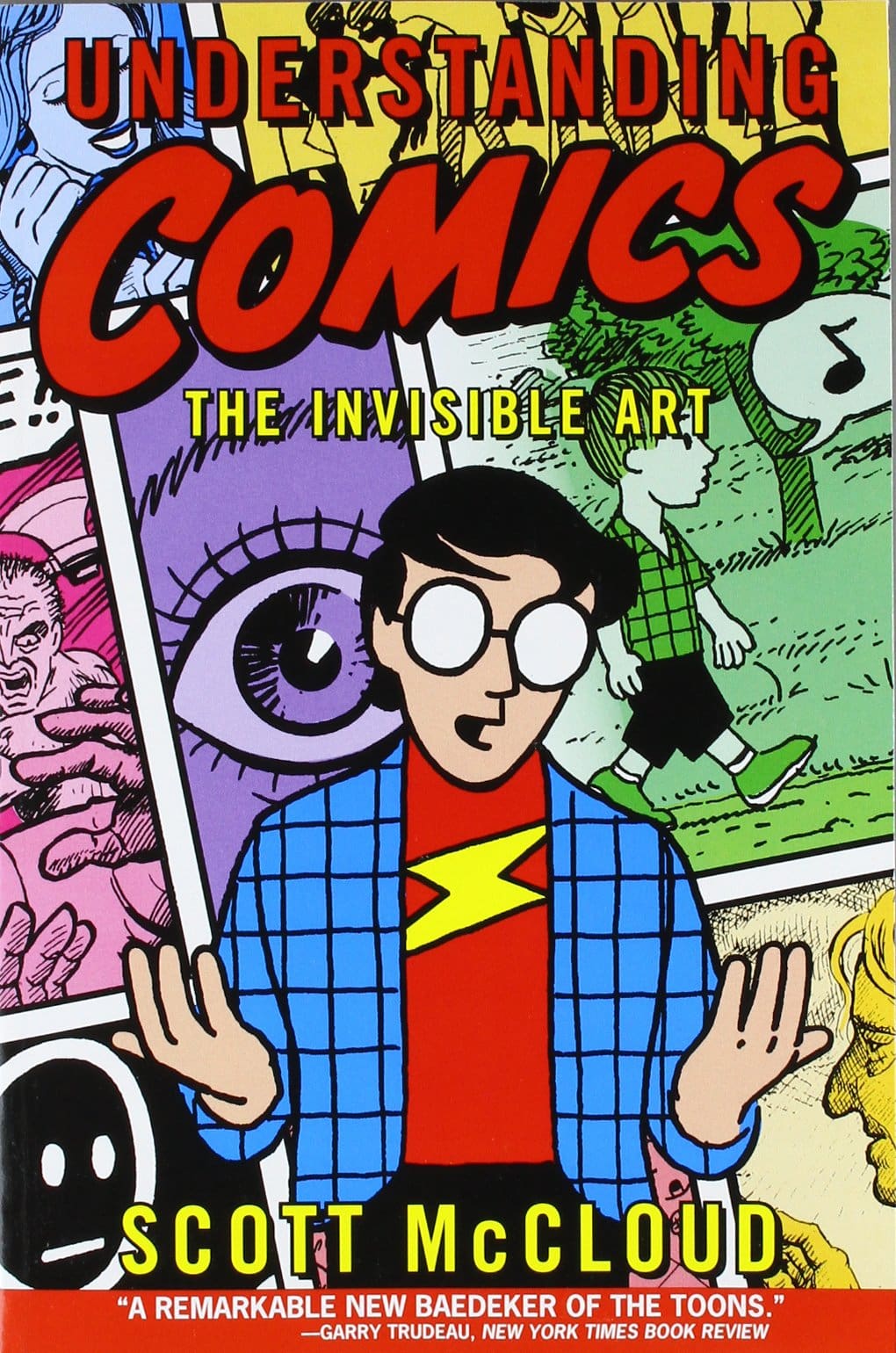

Recently there has been a reading boom in my home. Every kid is reading and reading of their own volition. It all stared with a book called “The Diary of a Wimpy Kid.” I won’t get into to much detail about what is actually going on in the books but I am astounded by the format. Sparsely placed images amongst large amounts of text; a full on age appropriate novel and my kids were reading it. Before this, anytime a child was asked to read, the wales and gnashing of teeth would effervesce throughout the home. Yet here they are unable to put down this book.

Once my children’s minds had consumed “The Diary of a Wimpy Kid” they began to seek out more and more comics. “Bones”, one about roller derby, “Dog Man” and the like were spilling into my home from the school library. I began to ask myself “why do they like these so much?” I speculate that the rigidity of the comic format forced the story causing it to have little side tracking. A story is what they were desperate for and the images helped them immerse into it.

I found a comic book that I had read back when I thought I would be a comic book artist. “Understanding Comics by Scott McCloud” is a graphic novel about comic books. It tells the story of Scott McCloud learning to understand comic books while creating a comic book, about comic books.
Whew
The book is amazing and if you have an interest in content and story telling then it is something worth reading. You probably are not though. You don’t have time or interest in learning the finer points of story telling or coupling your text with images. Who has time to plan the cohesiveness of your message? What you need is for your readership to be engrossed in your content, your message, your brand and products or services. So much so that they become customers more than readers; an audience that pays.
The Big Question
The real question is how do I take what I need them to know and make it something that they want to know? How do I get them interested in the message? To answer your question and mine we need to look at story verses dissertation.
Your typical biog post might be informational. On our site you come across things like security alerts and how tos. These are dissertations or texts about a subject and how you might interact with a subject. Even now this particular article had began to move into the realm of dissertation and less narrative. Dissertations can be hard to get into as they are not a story. There is no anticipation and no characters to invest emotions in. So how do we move this back to story? Well lets talk about you!
This Story is About You

Here you are reading this article hoping to get that piece of information that will make your marketing materials better. You seek to compel your audience and potential customers. You’ve come this far; in the climax of this story, you find out that it’s all about you. And your content is about your customer.
1. Your Clients are The Characters

It dawns on you, tell the story of your clients tell them, how you are them. That is why your business exists in the first place. You and your clients are the characters that your audience can invest emotionally in. Tell them about themselves tell the story of how your service or product improves their lives.
2. Tell Their Story

Every story has a beginning, middle, climax and end even yours. So in the mortal words of Lewis Carrol
“Begin at the beginning,” the King said, very gravely, “and go on till you come to the end: then stop.”
Start where you started and tell them chapter by chapter about your service and product.
3. Lead With Words and Visuals

You make sure that your article has images, and titles that lead well into one another. Give a visual narrative that both supports and informs the reader.
4. Whats the Moral of The Story

Then you top the whole thing off with an underlying message a theme or lesson. That lesson is that your product, service and company are exactly what your audience needs.
Share this Post





